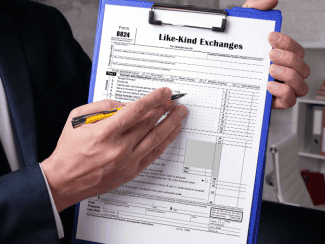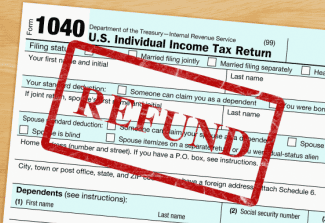3 Proven Steps for Taxpayers to Survive Tax Season
by Thomas F. Scanlon, CPA, CFP®

Ah yes, the Boy Scout Motto, “Be Prepared”. It is very applicable to surviving tax season. How can you get prepared? Start with completing your tax organizer. We send these out to our clients in early January. This will contain all of the prior year information. Some clients don’t like filling out the tax organizer. That’s fine. Just organize your records as best as possible. Try to get all of your material together. Finally, schedule an appointment with your CPA early during tax season.
2) Be Patient
Expect delays from the Internal Revenue Service (“IRS”). This is nothing new. We can’t really blame them. It really comes down to Congressional action. Or inaction as the case may be.
Also, expect amended Form 1099’s. This seems to be happening more frequently, particularly later in tax season. If you have had amended 1099’s in the past, let your CPA know. They may want to complete your returns but request that you don’t file them until later in the filing season. This may avoid having to file an amended return. It’s like what any veteran carpenter will tell you, “measure twice, cut once.” Well said.
You may be asking yourself “Where’s my K-1?” People who have invested in Partnerships or Subchapter S corporations need their K-1 to report their portion of the profit or loss on their individual income tax return. Unfortunately the K-1 forms are not due until April 15, the same day the individual income tax return is due. Don’t wait for your K-1’s. Give all of the tax material you have to your CPA and let them get started on your return. You can just forward the K-1 to them when you receive them. This will increase the odds of your return being filed on time.
3) Be Proactive
While you need to be patient, you also need to be very proactive. While 2013 may be in the books, it’s time to start addressing your tax planning for 2014. This could be something as simple as maximizing your contribution to your 401(k) plan at work. Taxpayers are allowed to contribute up to $17,500 into their 401(k) plan in 2014. Taxpayers age 50 or older can contribute an additional $5,500 in a so-called ‘catch up’ contribution for a total of $23,000. Or perhaps your employer has added a Roth 401(k) plan feature to the existing 401(k) plan. This might be something you should consider allocating a portion of your 401(k) contributions to.
See What’s the Difference in Capital Gains Taxes?
Thomas F. Scanlon, CPA, CFP® is with Borgida & Company, P.C., Certified Public Accountants in Manchester, Connecticut, celebrating 44 years of tax, advisory and accounting services. Please call (860) 646-2465 or email [email protected]if you would like more information.
American Apartment Owners Association offers discounts on products and services for all your property management needs. Find out more at www.joinaaoa.org.















 Accessibility
Accessibility